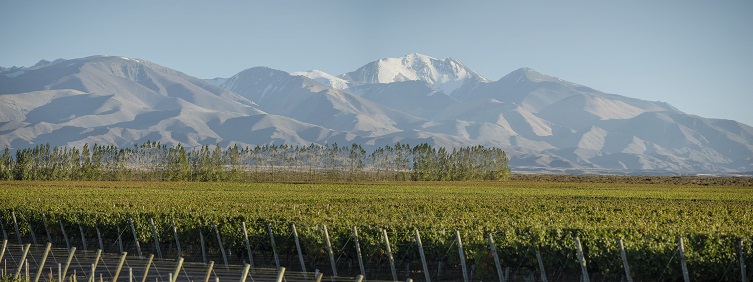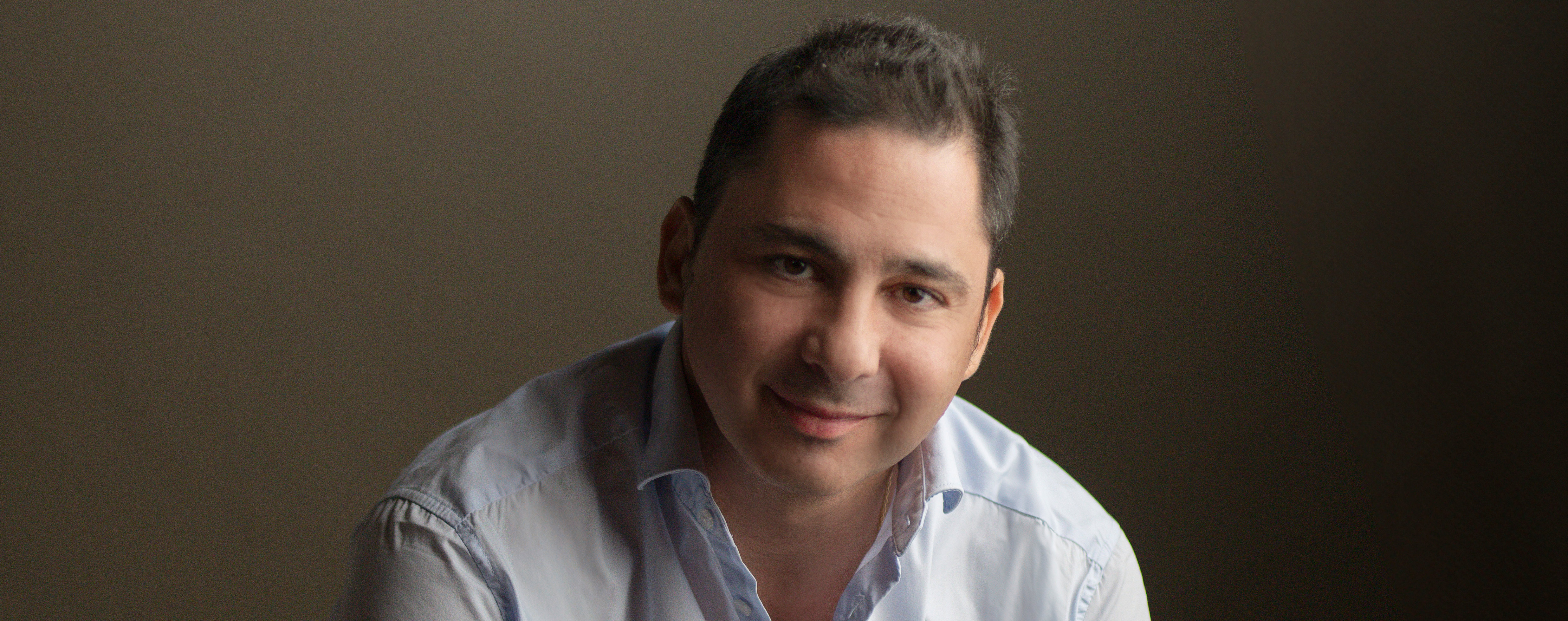It doesn’t even taste much like a Malbec. Just a beautiful, elegant, layered, bright red wine.
Terrazas de los Andes’ new flagship bottling, Extremo Malbec, is extreme because it comes from a plot 1,650m high in the mountains of Gualtallary in Argentina’s Uco Valley. It’s also the result of some unusual winemaking techniques, especially for Malbec. There’s a percentage of semi-carbonic maceration as well as ageing in oak, stainless steel, terracotta, and cement.

“It’s a big risk to cultivate this high due to constant frost, so the yields are low,” explains Lucas Löwi, estate director. “But the quality of the grapes we can achieve is unique and difficult to compare with anything else.
“They don’t taste as Malbecs; we’re discovering a new Malbec taste.”
‘We’re discovering a new Malbec taste’The grapes mature at a slower pace at this elevation, where the vines experience cooler temperatures but more sunshine and stronger UV rays.
“It’s crazy,” Lucas points out. “It’s very, very cold at night. But also at midday. But there are a lot of hours of sun.”
The harvest here takes place three to four weeks after the rest of the Malbec grapes have been gathered for the LVMH Group brand.
The grapes from the El Espinillo vineyard (above) are handpicked into small crates and fed into the stainless-steel fermentation tanks by gravity for a couple of days’ cold soak before inoculation.
About 20% whole clusters are sandwiched between destemmed grapes, using nitrogen to prevent oxidation. Lucas believes the inclusion of a percentage of whole clusters is “a way to express the terroir at its maximum”. Especially as grapes growing at this higher elevation develop thicker skins while the stems “are more mature, more burnt”.
The fermentation, which starts at under 20°C and is controlled at 24-25°C, lasts about three weeks.
The extraction is “super soft”: pumpovers a couple of times a day for the first third of fermentation, then once a day. “It’s more an infusion rather than extraction. It’s a very soft process,” Lucas tells me.
The grapes are pressed “once we feel that the skins have given everything we want”, he adds.
If the pressed juice tastes good, it’s added back “to complete” the free run. If not, it goes into the entry-level Malbec, which is a blend from Terrazas de los Andes’ 500ha of vineyards – a mosaic of more than 200 individual high-altitude, organically-farmed wine terraces in four districts: Las Compuertas (where Terrazas de los Andes started more than 30 years ago) and the Uco Valley’s Paraje Altamira, Los Chacayes and Gualtallary.
MLF usually occurs naturally once the wine goes to barrel. “It just begins and finishes very early,” according to Lucas.
For the ageing, 30% goes into new oak (barriques and 400L), 40% in foudres (2,500L), and 30% goes into amphorae and cement eggs.
Regarding the use of semi-carbonic maceration and different vessels for the maturation, Lucas says: “We’re still learning; we have only done a few vinifications of this unique parcel,” which was planted in 2008 at a density of 5,000 vines per hectare.
But he goes on to say he likes the soft, rounder tannins produced by carbonic maceration and the “less impactful” ageing in amphorae, cement eggs and foudres. He comments: “We’re trying to stimulate the expression of the pure terroir, trying to interfere the less we can.”
Even so, there are some subtle hints of vanilla and cinnamon in the wine, betraying the use of new oak.

Mendoza-born Lucas rejoined Terrazas de los Andes last year. He left in 2015 to take on the role of estate director at Bodega Numanthia in Spain but returned after nine vintages to continue the legacy of Hervé Birnie-Scott, who founded Terrazas de los Andes in the 1990s. Hervé is now focused on LVMH’s Chandon sparkling wine brand.
Asked why he returned to Terrazas de los Andes, Lucas replies: “Being born in Mendoza, I’ve always had this very special connection with the mountain. And I believe that, as someone from Mendoza, what matters to me is to protect and to unleash the magic that rests at the terraces of the Andes, which is the Malbec vineyards.
“My dream is to craft fine mountain wines at home. And to take them to the world, to make Argentina famous for its mountain wines.”
‘I want to make Argentina famous for its mountain wines’Lucas adds: “With climate change, I believe that the future of wines comes from altitude. And this is what we have in Mendoza.
“And so, if we’re able to protect this mountain, its fragile ecosystem, through regenerative farming in the vineyards, very careful water management (precision drip-irrigation), and supporting and empowering the local Andean communities, I think this way we will leave a better world for our children.”













.png)






